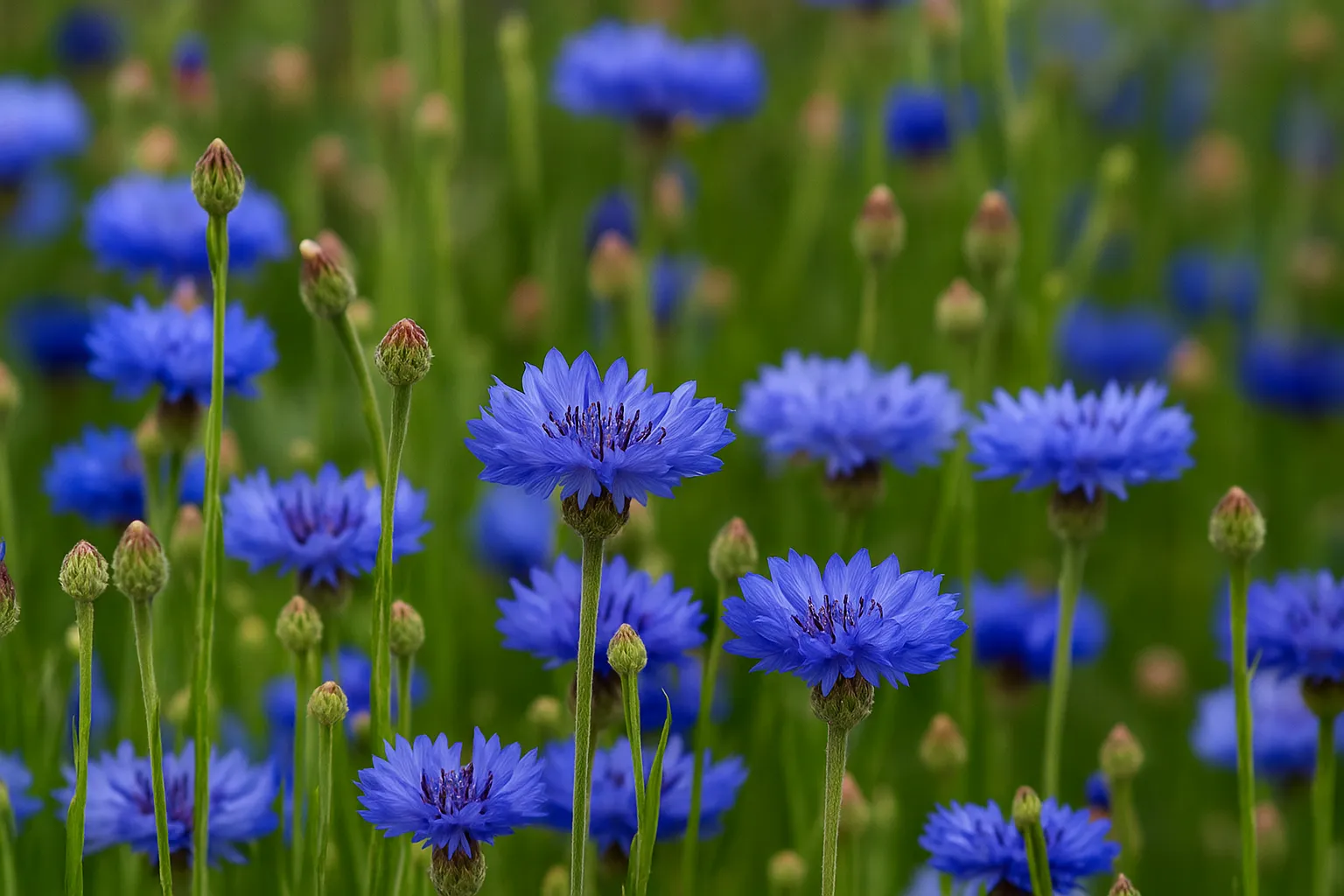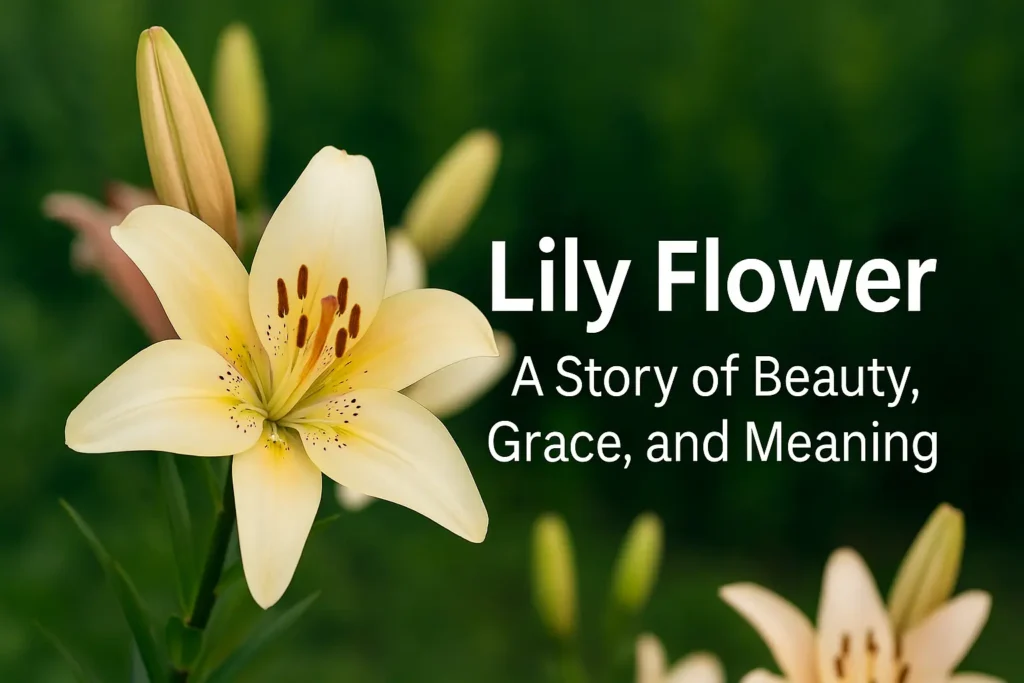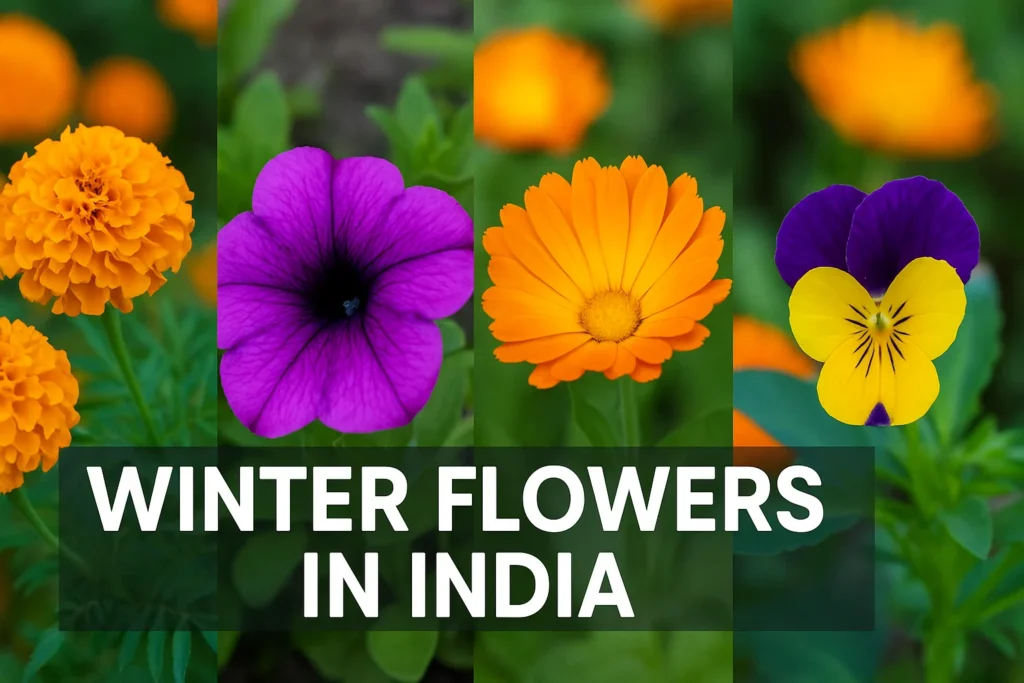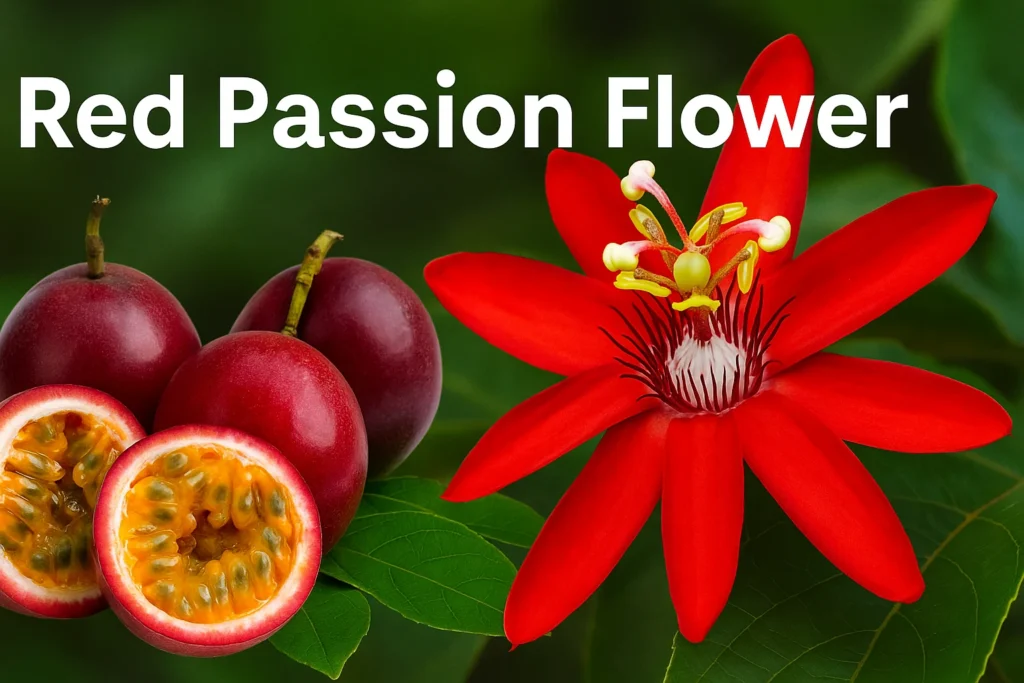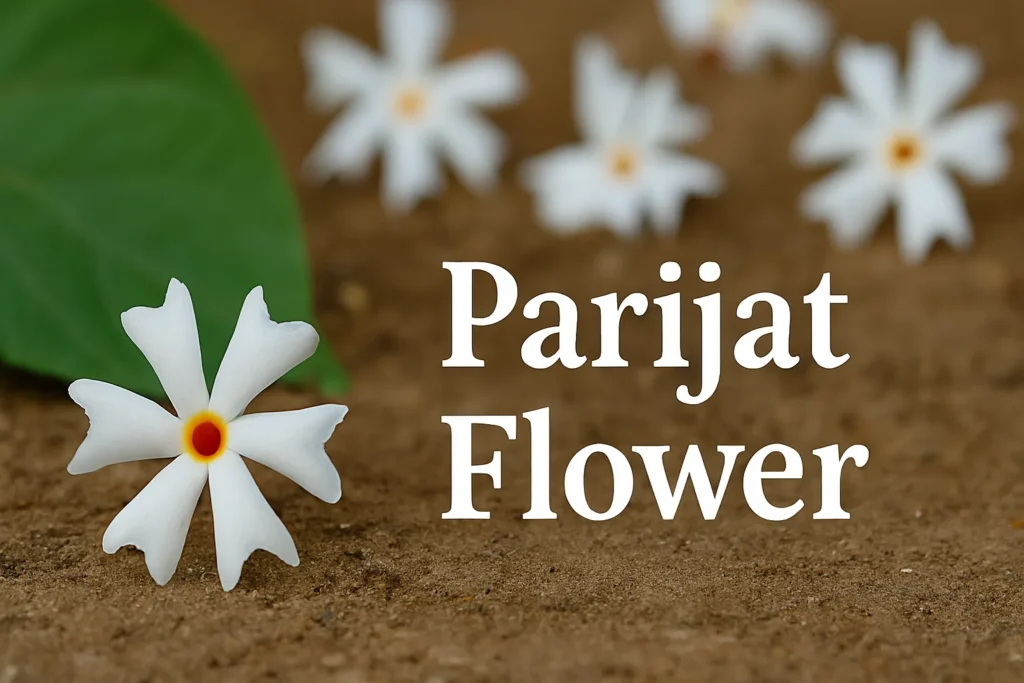If your garden could use a burst of bright, cheerful color, the bachelor button flower might be exactly what you need. Known for its distinctive shape and rich shades of blue, pink, white, and purple, this plant is as low-maintenance as it is charming. From its historical roots to its modern-day appeal, bachelor buttons have been winning over gardeners for centuries.
What Makes the Bachelor Button Flower Special?
The bachelor button plant (Centaurea cyanus) is an annual known for its daisy-like blooms and fine, slender stems. The most iconic variety produces deep blue flowers, but other colors can be equally eye-catching in a garden display. Historically, these flowers were woven into wreaths and worn in buttonholes, symbolizing love and admiration.
Today, they remain popular not only for their nostalgic charm but also for their ability to thrive with minimal attention. Centuries ago, young men in Europe would tuck these blooms into their buttonholes as a sign of courtship. If the flower remained fresh for several days, it was believed their love was true. This romantic tradition is why the blooms came to be called bachelor buttons.
How to Grow Bachelor Buttons Successfully?
Growing bachelor buttons is straightforward, but knowing the right conditions will ensure a healthy, colorful display.
- Sunlight: Full sun promotes the strongest stems and most vivid blooms.
- Soil: Well-drained, average-quality soil works perfectly; no need for heavy fertilization.
- Watering: Keep soil evenly moist during germination, then water moderately.
- Spacing: Allow about 6–12 inches between plants for airflow.
Because the bachelor button plant does not transplant well, it’s best to sow seeds directly where you want them to grow. Scatter seeds, cover lightly with soil, and water gently until seedlings appear.
Bachelor Buttons Care: Tips for Healthy Plants
Once established, bachelor buttons are among the easiest flowers to maintain.
- Deadheading: Removing faded blooms encourages continuous flowering.
- Support: Taller varieties benefit from staking to prevent leaning.
- Pest Control: Generally pest-free, though aphids can occasionally appear.
- Fertilizer: Too much nitrogen results in leafy growth at the expense of flowers, so keep feeding light.
Following these basic bachelor buttons care tips will help your plants bloom from late spring right into summer. The foliage of this plant is as distinctive as its flowers. Bachelor buttons leaves are long, narrow, and gray-green with a soft, fuzzy texture. They provide a subtle backdrop that makes the vibrant blooms stand out even more. Their color also blends well with other green plants, creating a balanced, natural look.
Why Every Garden Can Benefit from Bachelor Buttons
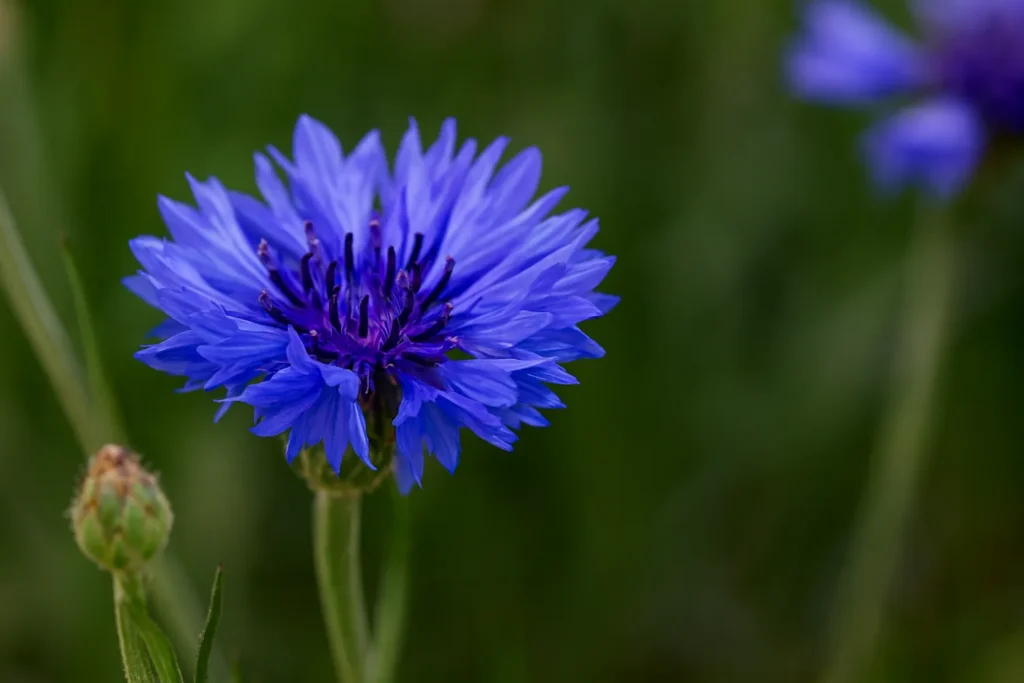
There’s more to this plant than meets the eye. Here are a few reasons gardeners love them:
- Attracts Pollinators: Bees and butterflies flock to their nectar-rich blooms.
- Cut Flower Appeal: Bachelor buttons last well in vases and can be dried for arrangements.
- Easy to Grow: Perfect for beginners and busy gardeners.
- Versatile Placement: Works in beds, borders, and containers.
In mixed garden designs, pairing them with species like the indrajal plant can create striking color contrasts.
Fun Facts and Creative Uses of bachelor button flower
Aside from their ornamental role, bachelor buttons have a history of medicinal use, with petals once brewed into herbal teas. The flowers are also edible, adding a touch of whimsy to salads and desserts.
Garden designers sometimes draw inspiration from tools like our random flower name generator to come up with creative planting themes that feature bachelor buttons in unexpected ways.
Companion Planting Ideas
Bachelor buttons work well with other colorful blooms. For example, pairing them with the fragrant sampangi flower creates a sensory delight in the garden.
They also make a bold statement next to the fiery colors of the marikolunthu flower, especially in summer borders.
Troubleshooting Common Issues
Even resilient flowers can run into problems:
- Powdery Mildew: Improve air circulation and water at the base.
- Root Rot: Avoid overwatering, especially in heavy soils.
- Sparse Blooms: Check sunlight levels and avoid excessive fertilizer.
With the right conditions, these problems are rare, and your plants will flourish.
Decorative Uses of bachelor button flower Landscaping
Whether planted in sweeping drifts or dotted among other flowers, bachelor buttons are visually striking. In mixed plantings, they pair beautifully with tropical blooms such as the red krishna kamal, creating a vivid contrast.
If your garden is located in an open area, you can maintain safety without spoiling the view by installing an invisible grille, allowing you to enjoy your flowers unobstructed.
Saving Seeds for Next Season
Toward the end of the season, allow a few flowers to dry on the stem. Once the seed heads turn brown, you can collect them and store them in a cool, dry place. This ensures you have seeds ready for planting next year.
Some gardeners also save seeds from rarer species like the rosida plant, building a unique collection of blooms over time.
Seasonal Bloom Timeline for bachelor button flower
Bachelor buttons follow a simple seasonal rhythm:
- Spring: Direct sow seeds after frost danger passes.
- Early Summer: Enjoy the first flush of blooms.
- Mid-Summer to Fall: Successive plantings extend the season.
- Late Fall: Gather seeds for the following year.
Conclusion
The bachelor button flower combines timeless charm, vibrant color, and easy care into one garden-friendly package. Whether you’re planting a wildflower meadow, filling a border, or growing cut flowers, these blooms deliver consistent beauty with minimal fuss. Their ability to attract pollinators, mix with other plants, and thrive in various settings makes them a must-have for gardeners of all experience levels.

